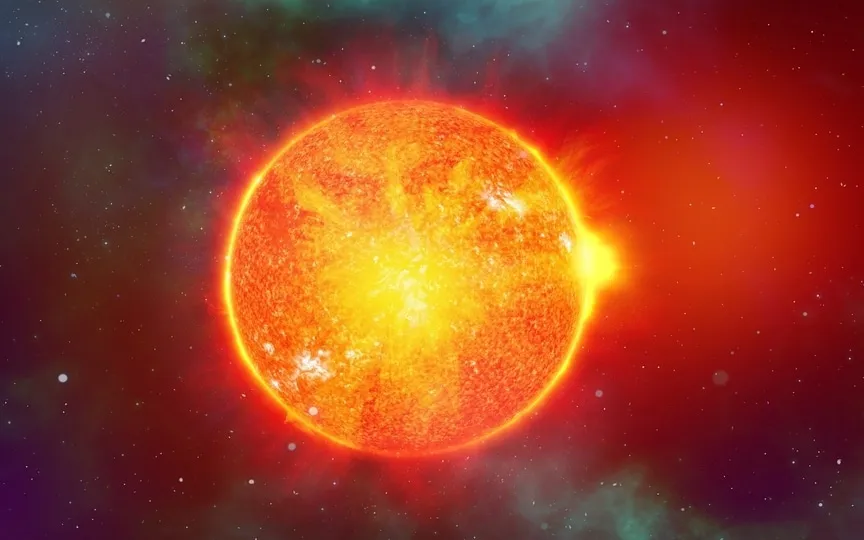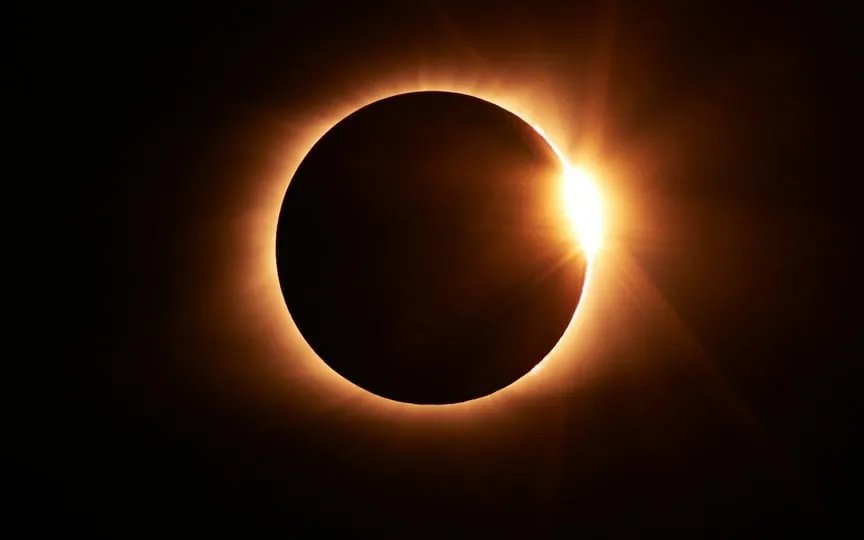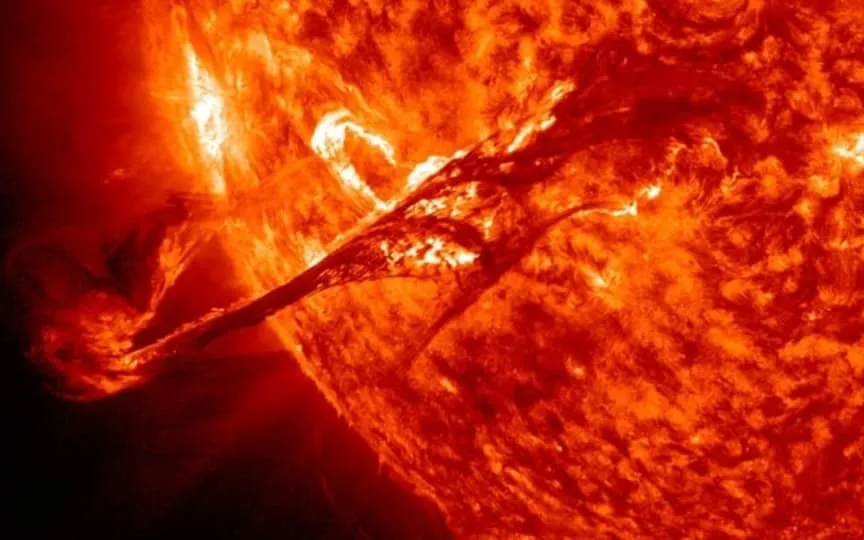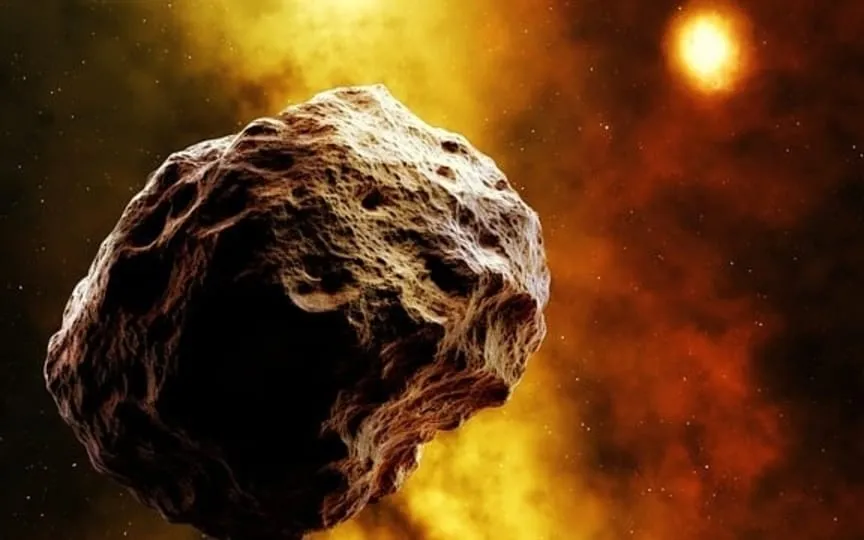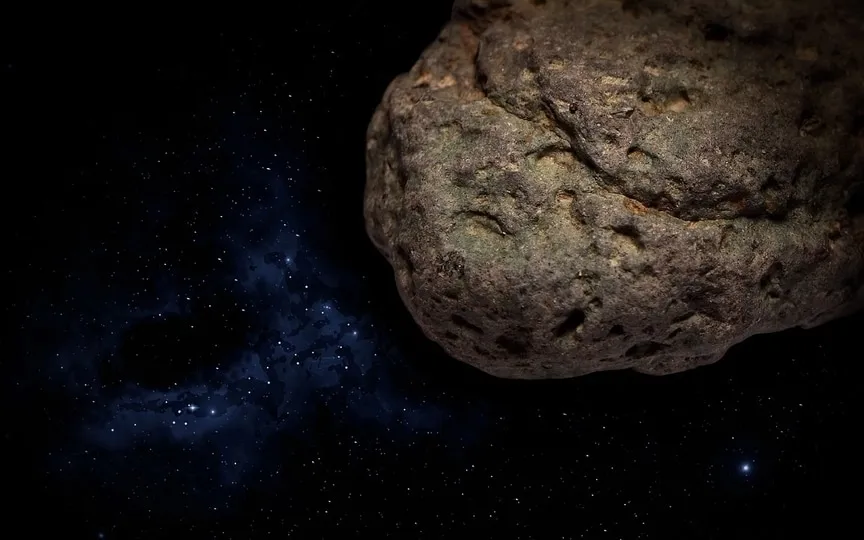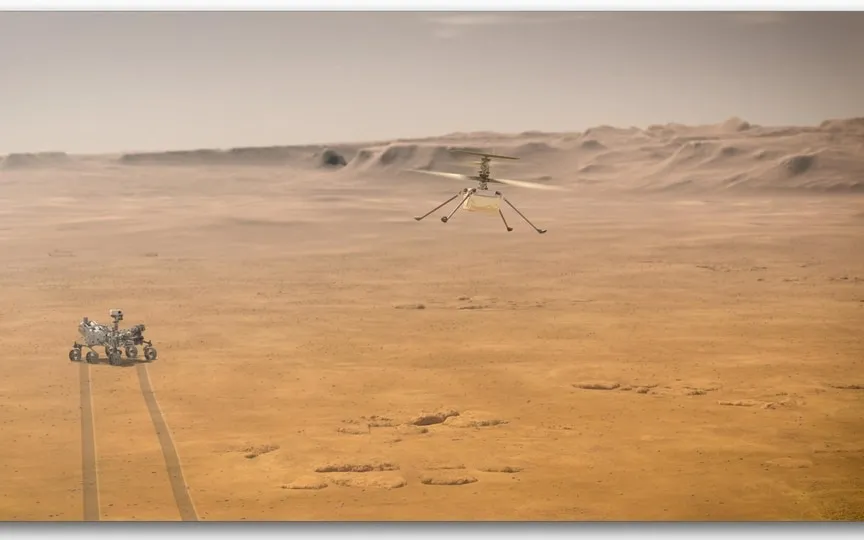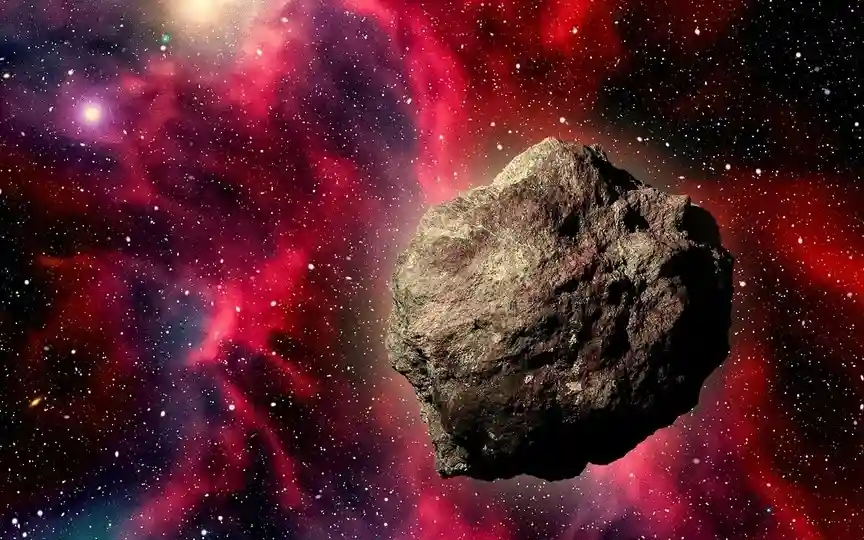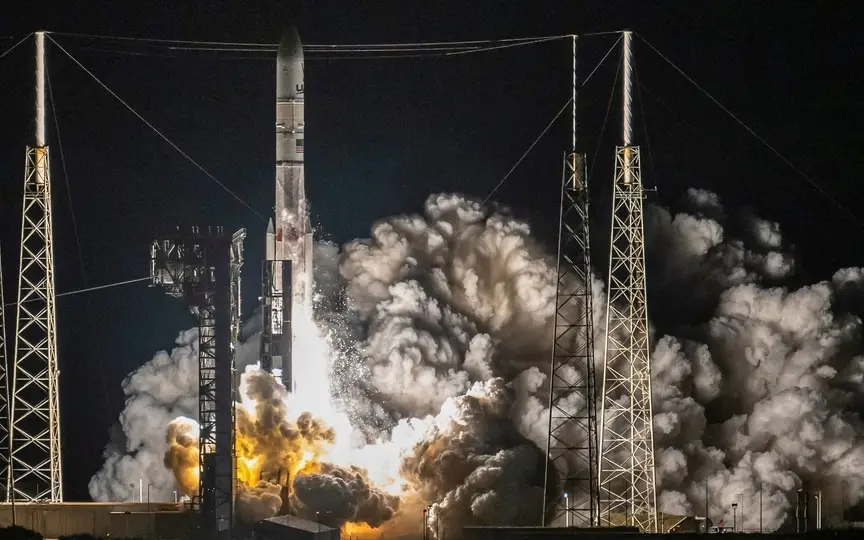NASA’s UVEX Mission to uncover the mysteries of galaxy and star evolution
NASA is continuously pushing boundaries and exploring uncharted territories in the air and space. Their latest endeavor, the UVEX mission (UltraViolet EXplorer), set to launch in 2030, aims to unravel the enigmas surrounding galaxy and star evolution. The primary objective of UVEX is to conduct a thorough examination of ultraviolet light throughout the entire celestial sphere. However, its capabilities extend beyond that. With cutting-edge technology, the telescope can swiftly detect origins of UV radiation in the cosmos, making it crucial for observing phenomena like the consequences of neutron star mergers…
Read More


